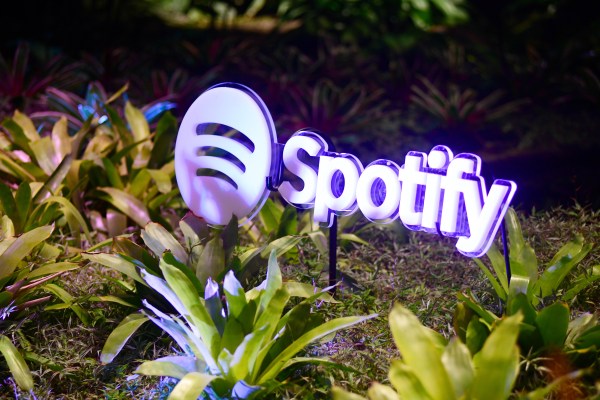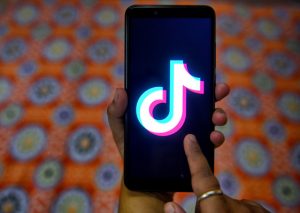
Spotify is testing a new ‘Create podcast’ feature that shows up atop a user’s list of their subscribed podcasts in the app interface, as first uncovered by Jane Manchung Wong (@wongmjane) (via Engadget). The button then provides a takeover promotion directing users to download Anchor, the podcast creation app that Spotify acquired in February.
This is yet another example of the investment that Spotify is making in podcasts – both their consumption and their creation. The subscription streaming company also unveiled a new analytics dashboard for podcasts earlier this year, and released it to all creators earlier in August. Because the company is also primarily a music streaming service, these insights include showing podcast creators what artists their listeners primarily gravitate towards.
Spotify is testing “Create podcast” button to funnel their app users to Anchor, a podcast creation platform that Spotify recently acquired
It’s interesting there is a Brazil version of the Anchor promo page pic.twitter.com/0dJz7GoOYK
— Jane Manchun Wong (@wongmjane) August 27, 2019
Spotify has also launched a personalized playlist that mixes music with podcasts, opened up its podcast submission tool to all creators, and redesigned its navigation in-app to put podcasts on more equal footing with music, all in 2019 alone. The company is clearly doubling down on podcasts as a key element of its overall platform, building on a number of acquisitions on both the content and creation side.
Podcasts represent a way for Spotify to both diversify its revenue and open up a new line of business wherein it can own more of the upside, since its current licensing relationships with music labels mean it gets very little of the money paid from subscribers to its service based on their streams of songs. Especially via selling ads to creators and advertisers, Spotify stands to be able to make more from podcasts in terms of profit if it can continue to increase usage among listeners.



